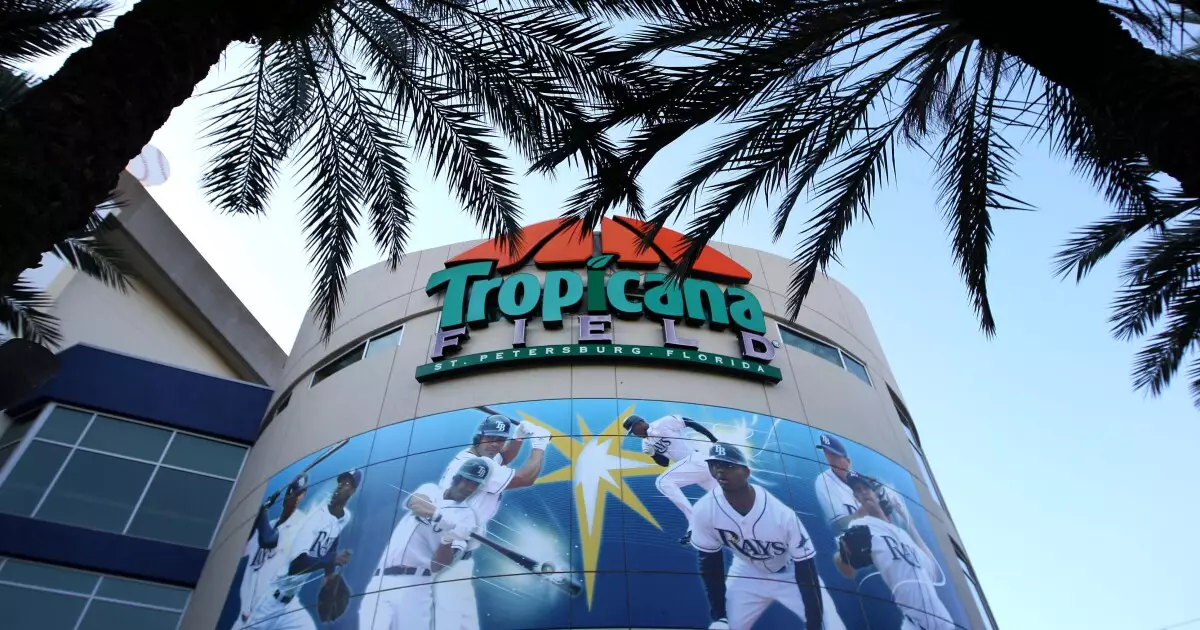The ongoing negotiations between the Pinellas County Commission in Florida and the Tampa Bay Rays, a Major League Baseball team, have recently entered a contentious phase, marked by increased tensions and diverging interests. Certain factors, such as financial impetus, community expectations, and post-hurricane recovery efforts, complicate the potential for a new stadium and threaten the viability of local commitments towards funding. With the stakes particularly high for both sides, this impasse speaks volumes about broader issues faced by cities attempting to maintain professional sports franchises while balancing community welfare and economic growth.
The Rays have put forth a request for $312 million in bond financing. However, the county commission has opted to postpone a decision, which has led the team to voice concerns over rising costs and delays. A letter sent to the commission indicates the urgency of their situation, asserting that a proposed 2029 completion for the new ballpark would incur significantly higher expenditures that the team alone cannot absorb. This raises pertinent questions about not just the Rays’ financial health but also the potential economic repercussions for the local economy should they fail to secure the new facility.
Recent developments have introduced layers of complexity within the political landscape surrounding the stadium proposition. Following the recent hurricanes that hit the area, public sentiment has shifted considerably. Support for tax-based funding has waned, and some local leaders have criticized the Rays for seemingly prioritizing their own interests amid community recovery efforts. This change in sentiment posits a challenge for the franchise as they navigate an altered political climate. As County Commissioner Chris Sherer articulated, pushing for a vote amidst ongoing recovery efforts can be perceived as insensitive.
Beyond these local dynamics, the impact of the recent hurricanes serves as a barometer of social cohesion. The community’s ability to engage with sports franchise negotiations is deeply intertwined with pressing local issues, and pressing forward with stadium negotiations may result in further alienation. Stakeholders – including the electorate, local business owners, and the Rays – have to critically assess the balance between economic development through sports and the foundational needs of the community.
County Administrator Barry Burton reminds stakeholders that the Rays are responsible for project overruns. However, such reassurances do little to ease trepidation among the community and some commissioners who question the wisdom of the proposed financing plan. While some, such as Commissioner Kathleen Peters, advocate for the stadium based on projected tax revenues, others, like Commissioner Vince Nowicki, challenge the perceived economic return. The survey indicating that only a minimal percentage of tourists engage in Rays games adds credence to these concerns.
This discourse invites a deeper exploration of the funding mechanism: Should taxpayer money facilitate a stadium that few local residents support? The complexities of such financing underscore a broader trend across the United States where many cities grapple with the cost versus benefit of taxpayer investment in sports infrastructure. The question looms – can local governments afford to prioritize sports developments over robust community initiatives?
With the Rays announcing a temporary relocation to George Steinbrenner Field for the 2025 season and impending repairs to Tropicana Field amounting to $56 million, financial strain emerges as a central concern. The federal emergency funds expected by St. Petersburg come with their own hurdles, potentially leaving citizens facing significant costs. As the clock ticks towards vital voting dates, the pressure on both the commission and the Rays mounts.
As the Tampa Bay Rays push for a new stadium amidst challenging circumstances, the clash points to a larger narrative in the intersection of professional sports, community engagement, and fiscal responsibility. The coming months will be crucial not only for the franchise but for the health of local governance and its relationships with constituents. Whether mutual prospects can emerge from this tension remains to be seen – a delicate balancing act is required to ensure both economic ambitions and community needs are adequately addressed.


Leave a Reply